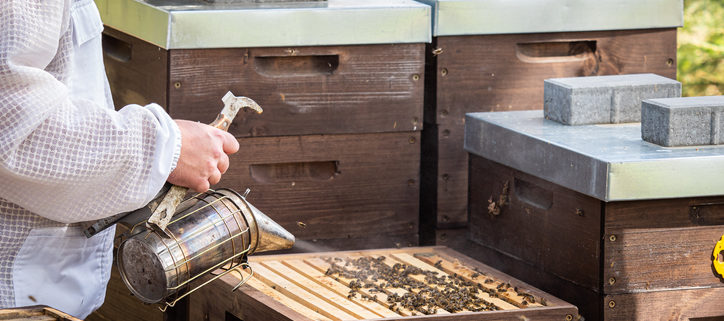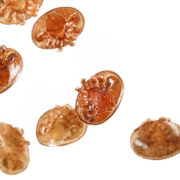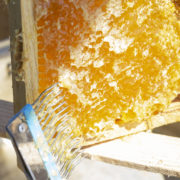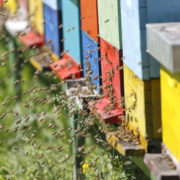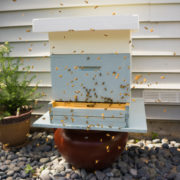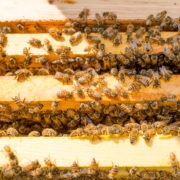Combining Beehives
In today’s beekeeping environment of heavy bee colony losses, many beekeepers place a premium on having high colony counts to buffer against the inevitable losses. But often lost in this way of thinking is the notion that having a lesser number of strong beehives is often better than having a higher number of relatively weak ones.
Strong colonies produce more honey, command higher rental revenues for pollination, are naturally better protected against robbing and pests, and usually have better chances of successfully overwintering than weak colonies. Especially when it comes to honey production, one strong beehive will nearly always outproduce the combined effort of two weaker beehives.
This is why beekeepers often decide to combine two weak beehives into one.
When combining beehives, the most important consideration is which of the two queens that the beekeeper wants to keep. It is rarely a good idea to keep both queens with the idea of “letting them fight it out.” This can result in the surviving queen becoming injured, or – worse – losing both queens. Ideally, one colony should be queenless, and the remaining queen should be the higher quality of the two.
Another consideration is to be wary of combining a sick or contaminated hive into a strong healthy hive. It is better to attend to the sick hive separately rather than risk spreading a disease any further.
The tried and true method of combining colonies is what is commonly called “the newspaper method.” This involves stacking one colony on top of the other with a sheet of newspaper separating the two boxes. The idea is that the newspaper presents a barrier between the two colonies that slowly disappears over time as the bees chew away and remove the newspaper. It is this shared removal of the newspaper that allows the two colonies to mingle together and get to know each other while they work together on the same project. As the newspaper disappears, the pheromone of the queen slowly makes its way throughout the combined colony. Before long, the bees lose track of which colony is which, and they all begin to share the pheromone of the queen. They soon rally behind her, thus uniting the colony.
In today’s age of digital newspapers, newsprint is not as readily available as it once was. Here at Wildflower Meadows, we have been known to substitute big sheets of blank newsprint paper, packing paper, art paper, etc. It doesn’t matter, as long as the paper is non-toxic. The bees will remove it soon enough!
Some beekeepers prefer to place a slit in the paper to help the bees gain an easier start to the process. This may be helpful to the bees, but it is often not necessary. Many beekeepers ignore the slit and still have equally successful results.

